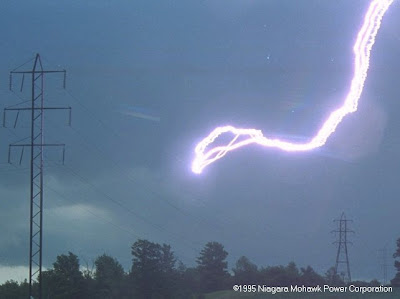3 layers of invisibility

After doing lots of visualisation exercises I came to the following reasoning: If you can't solve a problem while looking at the board and moving the pieces around with your hand, you certainly aren't going to solve it with with your eyes closed before your mind's eye only. So the best you can hope for as result of visualisation exercises is that it is as if you are looking at the board with your eyes open. But it doesn't shift your boundaries as problemsolver. There is more to it though. Yesterday I introcuded the 3 layers of chess vision: 1. The squares covered by my present pieces (part of the present cage) 2. The squares covered by a piece of me in the future (part of the future cage) 3. The squares covered by the enemy (limits the places where I can put my pieces hence my ability to create the future cage) Here I have a diagram that perfectly demonstrates these features. White to move This is a problem of masterlevel. You can't say that it is a very difficult p...















